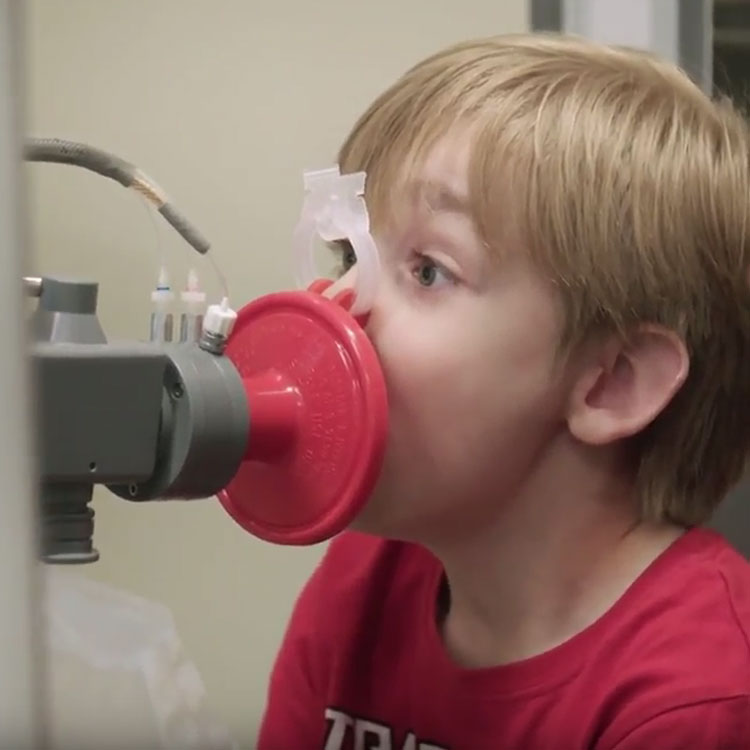Search

News & Events
The Kids researcher named WA Youth Awards finalist25 year old Noongar woman Tiana Culbong, a The Kids Research Institute Australia researcher, has been named as a finalist in the WA Youth Awards.

News & Events
Video: Asthma, how serious is it?Australia has one of the highest burdens of asthma in the world. In this video, two Perth families share their story of raising children with the respiratory co

News & Events
National honour for consumer advocateAnne MacKenzie has been recognised with the award of Member of the Order of Australia (AM).

News & Events
Aboriginal Ear Health Stakeholder Meeting (By invitation only)Acknowledging the enormous efforts in ear health programs across WA, we invite stakeholders to assist us in establishing research priorities.

News & Events
New research into multiple sclerosis & vitamin DResearchers at Perth's The Kids Research Institute Australia have begun a study that could provide new insights into the role of vitamin D in the risk of multiple sclerosis (

News & Events
That goosebump momentThe Kids successfully pushed for the mandatory fortification of flour in Aus with the vitamin folic acid for the primary prevention of neural tube defects

News & Events
Video: Top 10 tips to healthy happy kidsPaediatrician and Director of The Kids Research Institute Australia, Professor Jonathan Carapetis, shares his top 10 tips for health happy kids.

News & Events
RHD a notifiable conditionWestern Australian doctors are now required by law to report all cases of rheumatic heart disease.

News & Events
Are you interested in cystic fibrosis research?We are looking for 6 new members to join our Child and Adolescent Cystic Fibrosis Consumer Reference Group of WA

News & Events
The Kids Research Institute Australia shares in new infrastructure fundingThe Telethon Kids Institute welcomes the State Government's new $1.2 million funding initiative to support WA's research institutes.
